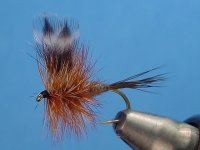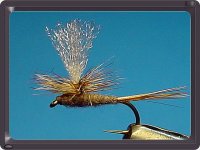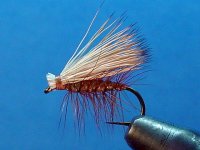Yes, skittering basically means putting a little movement on it. i.e. dragging it across the surface to mimic naturals, typically egg laying caddis. I've just begun to use this technique more and more and I'm amazed how well it works in some situations.
The advice about a light hand was good advice. I skitter it 6 inches to a foot, then let it drift, then skitter again. If you can locate the fish, great! Cast well upstream and beyond the fish, and skitter-stop-skitter-stop till its into place. Finally when its just upstream in his strike zone, let it drift. Often seeing it skitter, and then at rest right where he wants it induces a strike.
It's also a good way to work the edges sometimes. Areas where the edge of the stream has rocks and the fish are occasional risers right in that slower water on the edge. I'll stand well upstream and cast to the bank, sometimes on the bank! Then slowly skitter into that slack water. An inch, drift, an inch, drift, and he either hits it or the fly reaches the main current and starts to truly drag.
Have a high floating dry and keep your leader off the water, you want direct contact with the fly, not the current dragging your line. More of a lift of the rod, like you're trying to lift the fly in the air. I generally move it across current, but again, only short skitters with pauses, I think thats important. The skitter draws their attention, but they almost always hit on a pause.






